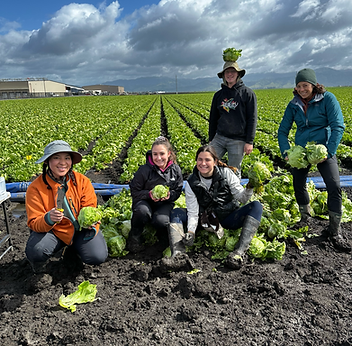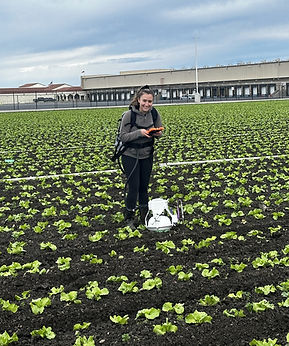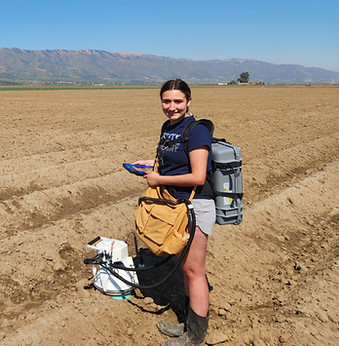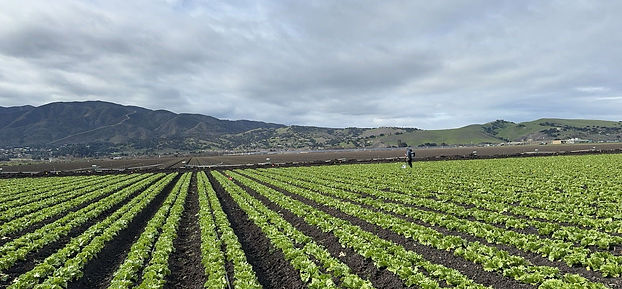
Research & Presentations
Photo taken by: Angelica Alcazar
Quantify emissions, reduce N fertilizer impact
Haffa Lab
January 2024- January 2025
At the Haffa lab, the research focus is on quantifying nitrous oxide and carbon dioxide emissions to compare various treatments aimed at reducing nitrogen (N) fertilizer usage. The goal is to identify the most environmentally efficient solutions to minimize greenhouse gas (GHG) emissions in commercial agricultural fields without impacting crop yield. Through direct experience in the lab, I’ve developed skills in data collection, instrumentation, and environmental analysis; skills I hadn’t encountered in a classroom. Working on this project has helped me understand how scientific research can address broader environmental and public health challenges, like global warming and nitrate leaching in the Salinas Valley.
My research interest include:
-
Sustainable agriculture research focused on measuring greenhouse gas emissions from soil and evaluating nitrogen-fixing strategies to reduce N fertilizer use and mitigate environmental impacts.
Poster Presentations

My research investigated whether nitrogen (N) fertilizer application rates, with or without compost, impact nitrous oxide (N₂O) emissions in commercial lettuce fields. I conducted field sampling in two iceberg lettuce systems—one in Salinas (Dec–Apr) and one in Soledad (Mar–May)—focusing on emissions 8 days before and 10 days after fertilizer applications. Using LI-COR gas analyzers, I compared four treatments: Conservation N (CN), CN+Compost, Grower Standard (GS), and GS+Compost. I found that N₂O emissions were higher in the Salinas field, likely due to increased water from rainfall and irrigation. Across both sites, treatments with compost consistently produced higher N₂O emissions, suggesting that reducing fertilizer rates and water input may help lower greenhouse gas emissions in lettuce production.
-
Alcazar, Angelica (2024) Assessment of nitrous oxide emissions from different nitrogen fertilizer treatments in lettuce. — Undergraduate Research Opportunities Center (UROC) Summer Symposium: California State University, Monterey Bay.
-
Alcazar, Angelica (2024) Assessment of nitrous oxide emissions from different nitrogen fertilizer treatments in lettuce - Society for Advancement of Chicanos/Hispanics & Native Americans in Science (SACNAS) conference: Phoenix, Arizona.
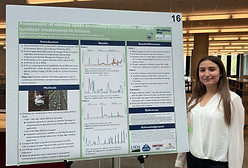
Summer Symposium: California State University, Monterey Bay 2024
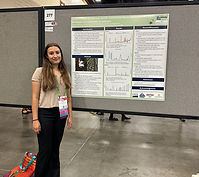
SACNAS 2024

The sampling process
Preliminary Articles
